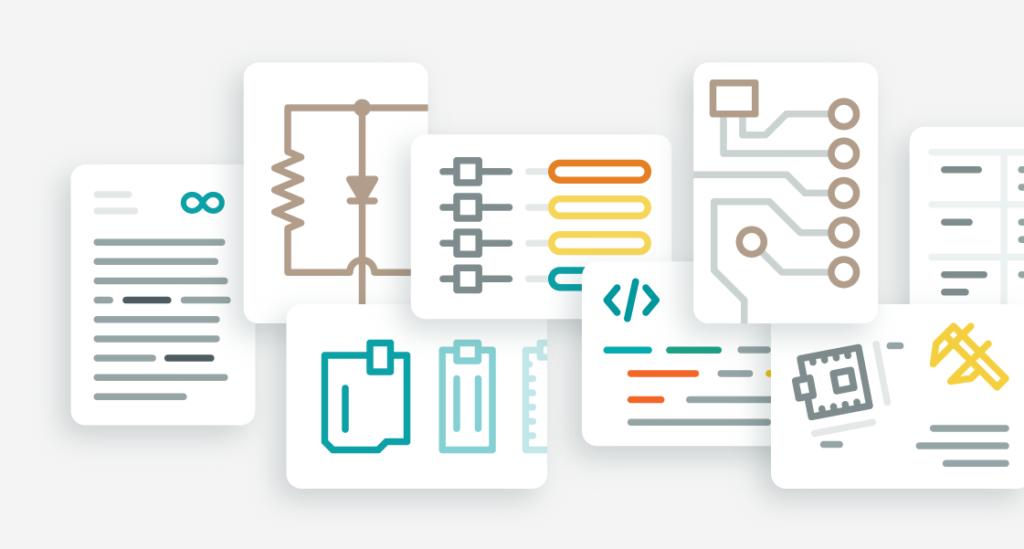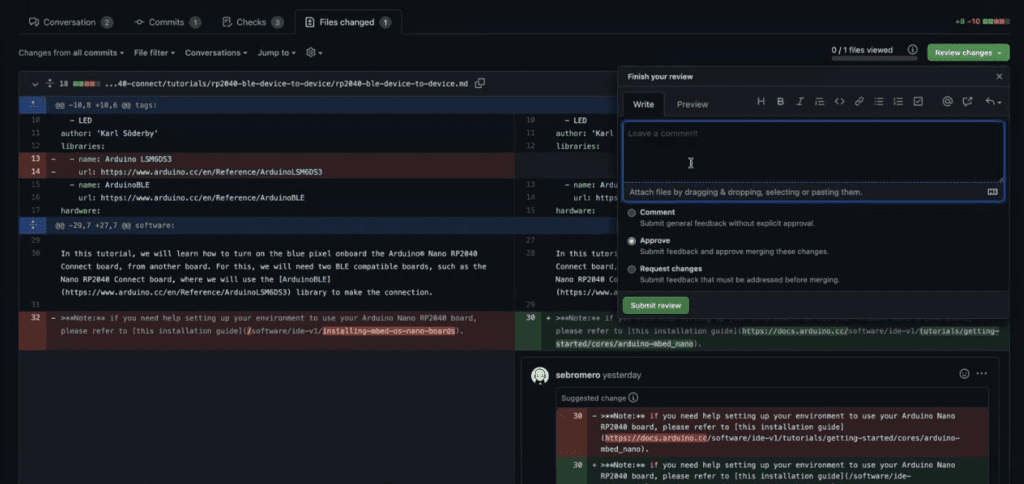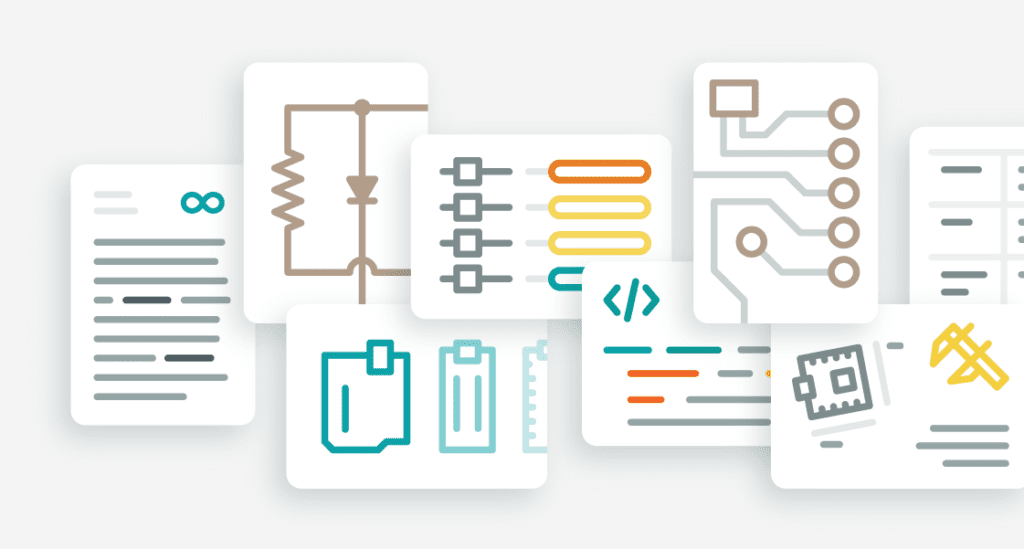Schlagwort: Arduino Docs
-

What’s up, Docs? Arduino Docs gets a revamp!
Reading Time: 3 minutesHave you checked out Arduino Docs lately? If it looks different, that’s because we can finally reveal the makeover we’ve been working on for months – in line with our constant efforts to learn, improve, and share all of it along the way! You can always count on Arduino Docs Arduino Docs is…
-

Arduino Documentation Goes Open-Source for Community Contributions
Reading Time: 3 minutesArduino Team — February 28th, 2022 As you know, Arduino is all about open source, and now our Docs and Help Center sites now join the community club becoming open-source. Arduino lovers everywhere can now contribute to the content on official Arduino documentation websites through their public GitHub repositories. How you can…
-

Arduino Docs has all the info you ever need about Arduino boards
Reading Time: 4 minutesThe truth is, we never entirely got to grips with Arduino documentation. Until now. Now there’s a new standard for gathering together product info, tech specs and tutorials, that we’re calling Arduino Docs. We’re excited to share it with the Arduino community who’ll soon be able to help it grow. It Began…


